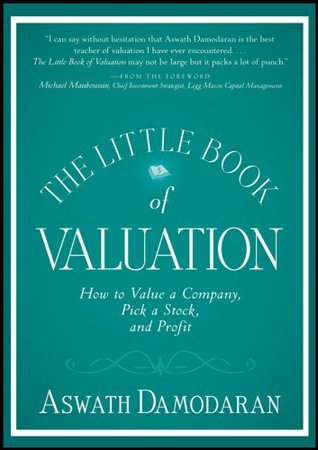More on this book
Community
Kindle Notes & Highlights
Started reading
April 27, 2022
And if you want to invest thoughtfully, you must learn how to value.
you buy financial assets for the cash flows that you expect to receive.
The intrinsic value of an asset is determined by the cash flows you expect that asset to generate over its life and how uncertain you feel about these cash flows.
you can improve your odds by investing in stocks that are undervalued not only on an intrinsic basis but also on a relative one.
When valuing an asset, use the simplest model that you can. If you can value an asset with three inputs, don’t use five. If you can value a company with three years of forecasts, forecasting 10 years of cash flows is asking for trouble. Less is more.
There are five types of cash flows—simple cash flows, annuities, growing annuities, perpetuities, and growing perpetuities.
The present value of a cash flow is calculated thus:
An annuity is a constant cash flow that occurs at regular intervals for a fixed period of time. While you can compute the present value by discounting each cash flow and adding up the numbers, you can also use this equation:
free cash flow to equity measures the cash left over after taxes, reinvestment needs, and debt cash flows have been met.


